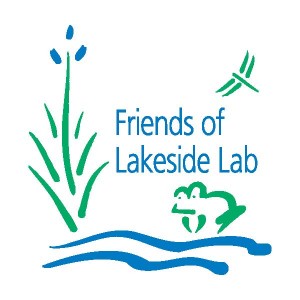Artist and scientists must inspire others to see like them.
by Richelle Gribble
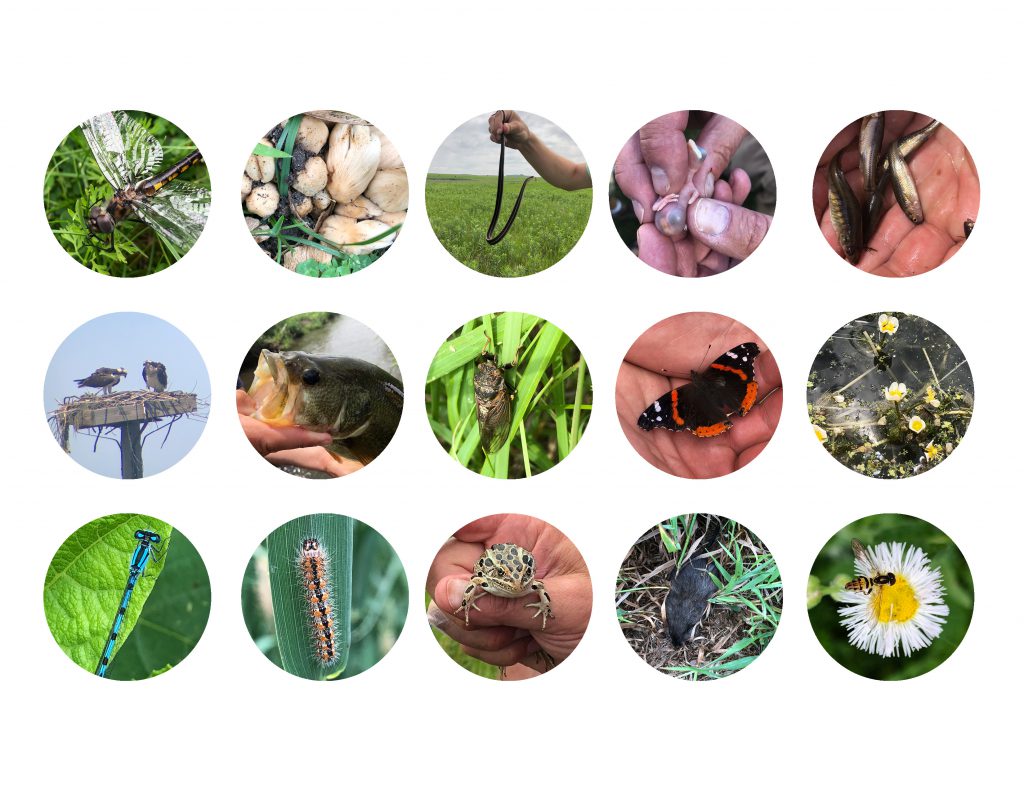
A collection of animals studied in the Animal Behavior course. Photo Credit: Richelle Gribble
“Those who contemplate the beauty of the earth find reserves of strength that will endure as long as life lasts.” ― Rachel Carson, The Sense of Wonder

Collecting phytoplankton and zooplankton. Photo Credit: Richelle Gribble
How often do you spend time in nature? Do you connect with nature daily? Do you listen for bird calls or get up close to a spider’s web to notice the intricacies of its design?
Too often, I see people pass by nature without noticing its stunning complexity. Living in Los Angeles it can seem like the closest thing to nature is the pigeon you swat away at Starbucks. But I dare you to stop, and look more closely at a pigeon’s eye. Or, notice the whistling sound it makes when it takes flight — that high pitched swish of its wings.
I recently attended the Iowa Lakeside Laboratory, a science and art residency. This experience was life changing. It showed me how to look at the natural world in a completely different way. One that changed my perspective, forever.
“Those who dwell, as scientists or laymen, among the beauties and mysteries of the earth, are never alone or weary of life.”― Rachel Carson

Iowa Lakeside Laboratory library. Photo Credit: Richelle Gribble
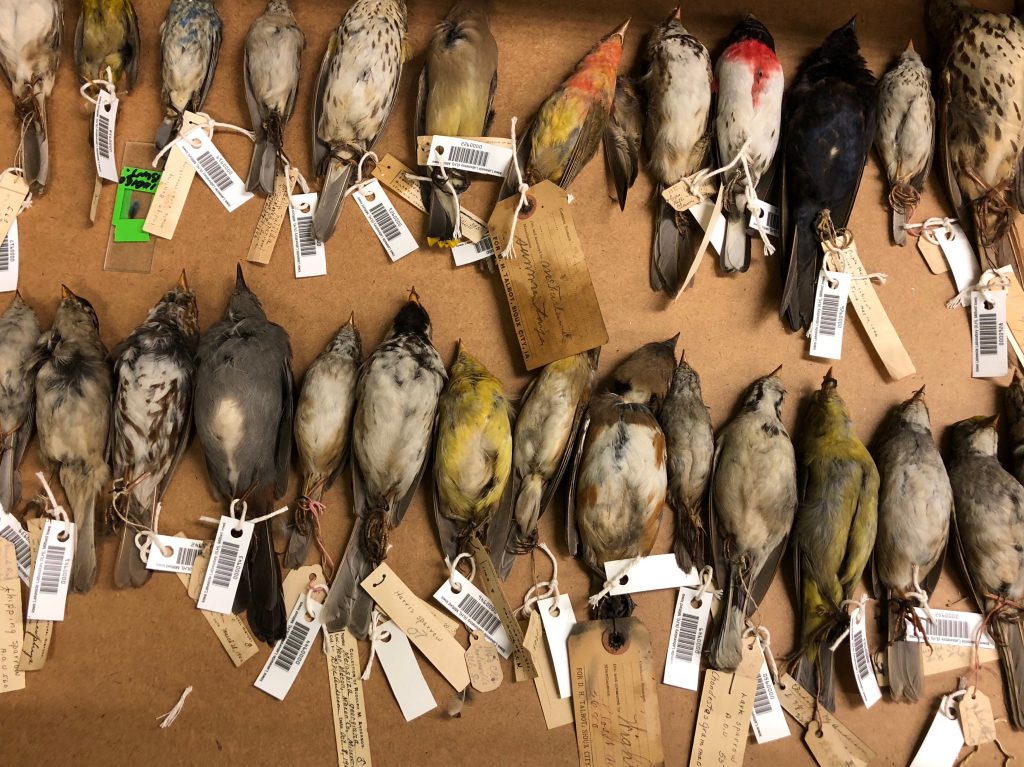
Collection of local birds dating back to 1800’s. Photo Credit: Richelle Gribble
I shadowed two courses offered to graduate and undergraduate students: Animal Behavior (Ethology) and Systematics of Algae. Both classes involved comprehensive field work to undergo a process of collection, analysis, and interpretation of field data. I learned to identify new species, recognize patterns in behavior, look at things more closely, identify symbiotic relationships, and see an abundance of life under a microscope. In many ways, these classes taught me how to see.

Mixed media accordion book inspired by field journals. Photo Credit: Richelle Gribble
The process of seeing is so important for both artists and scientists. A scientist sees how everything functions at a micro and macro level to understand and predict outcomes. An artist sees to visually translate information, memorizing qualities and behavior. Both processes build a close relationship to the observed subject.
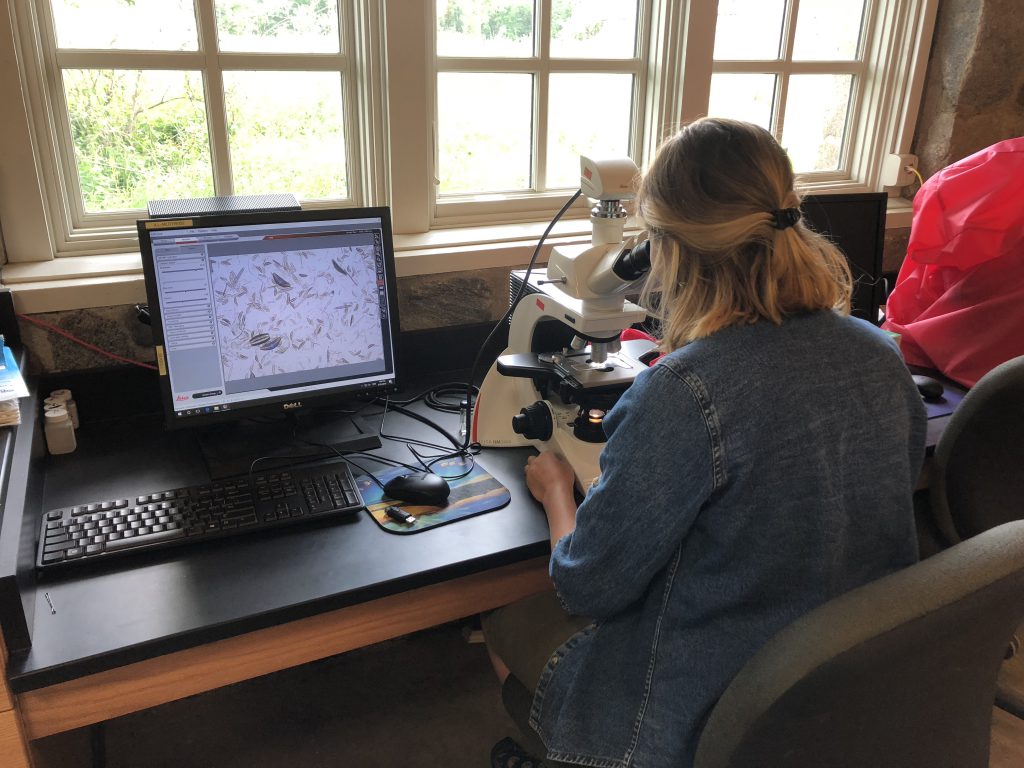
Imaging phytoplankton and zooplankton under a microscope. Photo Credit: Hannah Fisher & Richelle Gribble
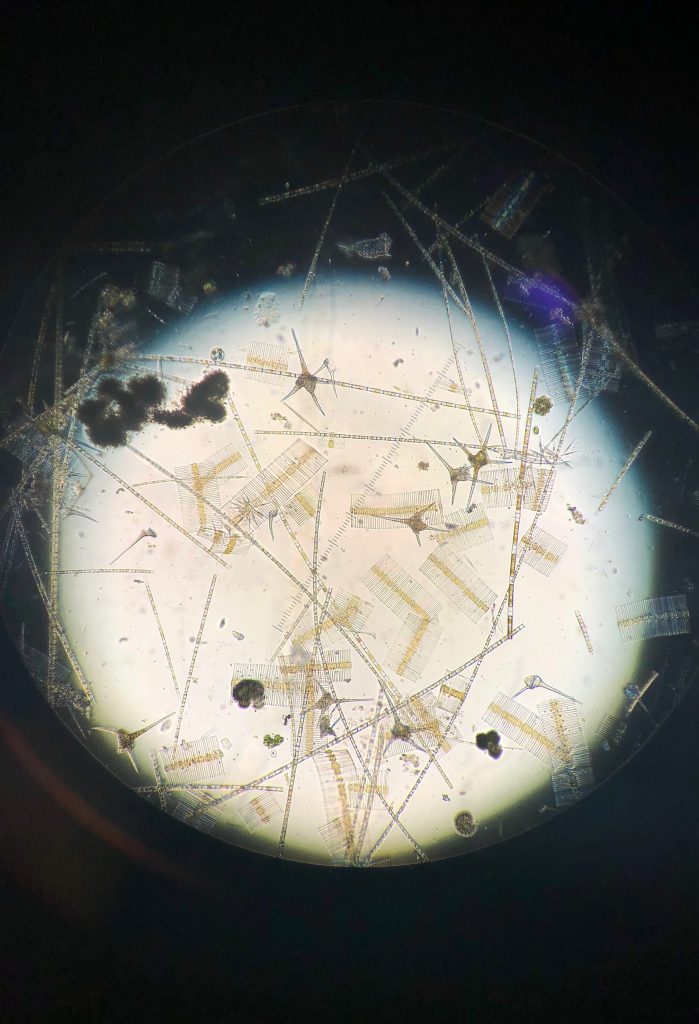
Photo Credit: Richelle Gribble
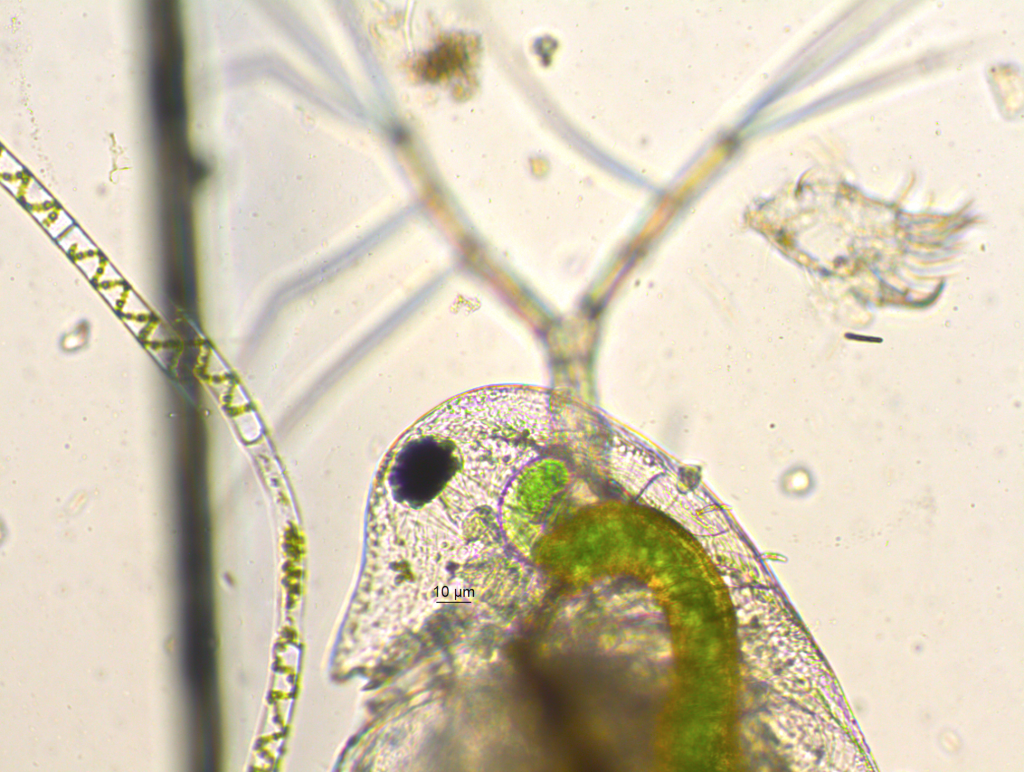
Photo Credit: Richelle Gribble
This got me thinking — if you build a close relationship to nature by the act of intense observation, perhaps you become more willing to protect and restore it. The process of seeing builds a deep connection with nature. How can you possibly destroy something when you see it so clearly?
Artist and scientists must inspire others to see like them. As Jack Laws describes in his interview about nature journaling, he says that once a student illustrates a particular plant, s/he will go out of their way to make sure no one steps on it. What if more people learned to look and admire nature to the point of taking action to protect it? To me, training people to notice details in nature is the best chance to motivate people to advocate for other species and their habitats.
“The eyes of the creative spirit can see in all directions.”― Orna Ross
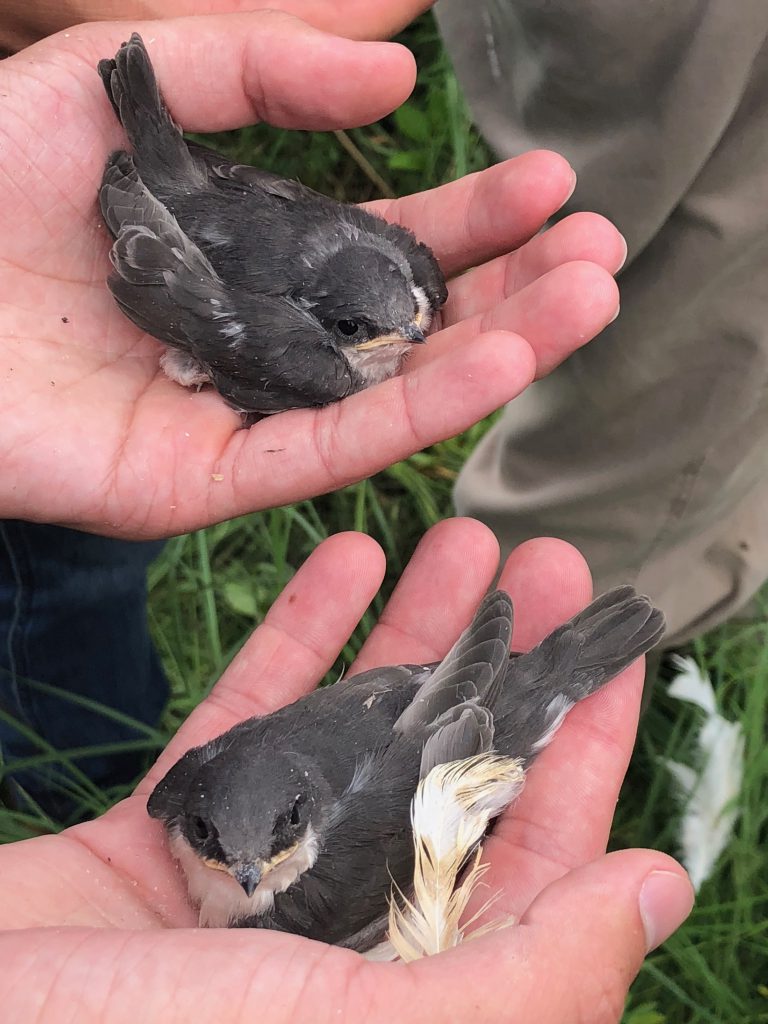
Barn swallow chicks. Photo Credit: Richelle Gribble
Whether seeing the pulse of a daphnia under a microscope or the new feathers of a newborn swallow, it is clear that life thrives all around us, without us. When we see deeply, we cannot forget it’s there and needs protection from human impact. Out of sight and out of mind can no longer be our default setting — we need to look closer.
Follow along!
The Nomadic Artist Blog: https://medium.com/@richellegribble
www.richellegribble.com | FB: Richelle Gribble : Art | @richellegribble




